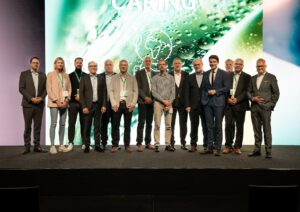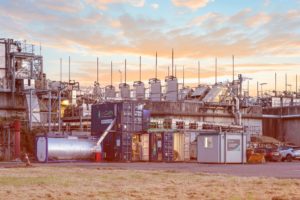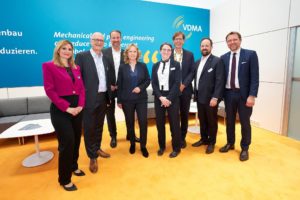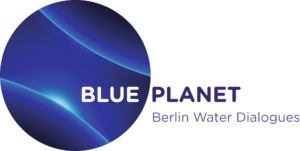Evonik Aims to Generate €1.5 Billion Additional Sales with New Innovation Strategy
“Our new innovation strategy shows how sustainable products and solutions will be supporting Evonik’s future growth even more strongly, and, at the same time, reducing our customers’ ecological footprint,” says Harald Schwager, deputy chairman of Evonik’s executive board.
The new innovation growth areas focus on bio-based solutions, the energy transition, and the circular economy. “With our technologies, we are shaping a future worth living. The three new innovation growth areas address the most relevant sustainability trends for our businesses,” says Evonik’s chief innovation officer, Ralph Marquardt.
In the Advance Precision Biosolutions innovation growth area, Evonik scientists are using biotechnology to develop solutions that improve people’s health and quality of life, save energy and resources, or protect ecosystems. They include modern biosurfactants such as rhamnolipids. Evonik inaugurated the world’s first industrial-scale plant for the production of this new class of biosurfactants in Slovakia in May. At the same time, the company is driving forward the development of rhamnolipids for other areas of application.
The Accelerate Energy Transition innovation growth area brings together contributions to the energy transition. These include, for instance, solutions to capture carbon dioxide from the exhaust gases from processes or directly from the air. Moreover, in Schörfling (Austria), Evonik produces membranes that can be used to purify biomethane and other gases. This facility was initially extended in 2023 and a further extension is already under construction. The company is also researching other membrane solutions, for example, for the production of hydrogen.
The Enable Circular Economy Innovation Growth Area combines all Evonik research projects for a modern circular economy. The aim is to help close material cycles. In this way, the company is paving the way for its customers to move towards circularity. That can be achieved, for example, through advanced catalyst recycling and solutions to improve the recycling of polyurethane or rubber.
“Research and development already make an overriding contribution to our growth,” says Marquardt. “This trend will continue with these new growth areas.” The new innovation growth areas are therefore building on the success of Evonik’s previous innovation growth fields, which were selected in 2015.
The aim was to achieve additional sales of €1 billion within ten years with, for example, sustainable solutions for health, cosmetics, and additive manufacturing. In 2023, that figure was already above €650 million. “Given the turbulence of recent years, that is a good performance, which we can build on in the future,” says Schwager. “A global pandemic, an invasion within Europe—those were events no-one foresaw nine years ago. That we came so close to our goal despite such unprecedented challenges shows that we focused on the right topics.”
In 2023, Evonik held research and development expenses at the previous year’s level of €443 million, despite the challenging economic situation. The majority was spent on research for the chemical production divisions, while a smaller proportion was channeled to Creavis, Evonik’s strategic research unit and business incubator. Relative to sales, the R&D ratio was 2.9 percent in 2023.
For Evonik, innovation and sustainability are fundamental elements of a future-oriented business model. Therefore, the company is continuing to focus on strong research and development so it can make a wide range of contributions to driving forward the green transformation—both within its own sphere of activity and at its customers.
Source: Evonik Industries AG







